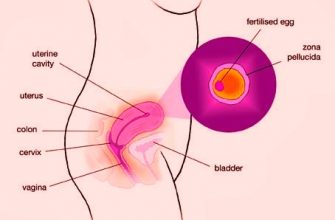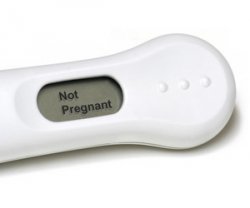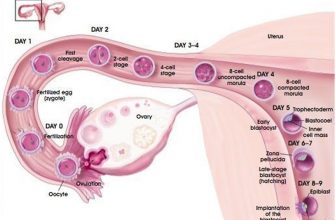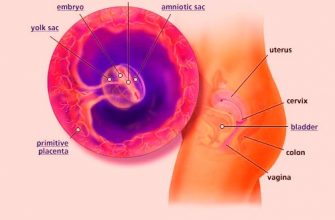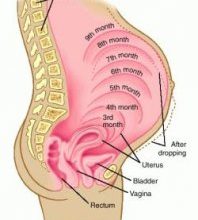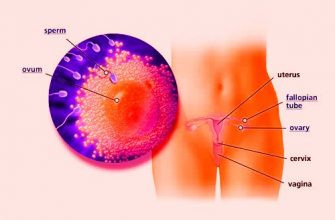There are so many new things introduced every day in the modern world that is developing fast day by day. It is sometimes difficult to choose among various options, for example find a contraceptive method that fits you just right. We hope this article will be helpful and you find the answers to most questions about contraception that you have.
All contraceptives can be put into 3 groups:
- Group 1: methods with no user failure
- Group 2: methods with user failure
- Group 3: emergency contraception
Group 1: methods with no user failure
You do not have to remember to use or take contraceptives from Group 1 regularly. Their effect is permanent; it lasts from several months to several years. You should only go to the doctors’ once it is several months or years to get the contraceptives replaced in time if you are not planning a baby in the nearest future. You can neither fit nor remove such contraceptives yourself.
The effectiveness of all contraceptive methods in the group is over 99%.
This group includes:
The intrauterine system (IUS) is a small plastic device releasing progestogen which is put into the uterus. It has a T-shape and is often called a coil. The IUS works for up to 5 years, however, you can take it out sooner if you want to. Though you might have spotting or irregular bleeding at the beginning, the symptoms usually go within 6 months. After that periods become less painful, shorter and lighter.
Intrauterine device (IUD) – is a different type of a coil made of plastic or copper which is put into the uterus. There are several types of IUD all shaped differently. They can stay in from 5 to 10 years depending on the type but they can be taken out whenever you want to. A disadvantage of this method is that your periods may become longer, heavier or more painful then usual so if your periods are normally heavy, you should not choose an IUD as a method of contraception
The contraceptive injection is another easy way to prevent an unwanted pregnancy. The injection releases progestogen into your body and you do not need to think about contraception for 8-12 weeks when you need to go to the doctor’s to have your injection done again. You should make sure that this method is suitable for you because if there are any side effects, they will last while the injection works and even longer.
An implant is a small 40-mm by 2 mm flexible rod releasing progestogen which is put under the skin on your upper arm. The contraceptive effect lasts for 3 years though you can take it out sooner if you want. It is quite popular nowadays though it needs a special small procedure to fit and remove it.
Male and female sterilization will suit you if you are 100% sure that you do not want any children in the future. Sterilization means that the fallopian tubes in women are cut or the tubes carrying sperm in men are sealed or blocked. It is permanent and in most cases irreversible. Regarding its effectiveness, 1 case of female sterilization in 200 and 1 in 2000 of male sterilization fails. Sterilization does do not have serious side-effects because it does not bring any medication to the body.
Group 2: contraceptives with the chance of user failure
The 2nd big group of contraceptives includes methods with the chance of user failure. It means you should always remember to use them at the time you have sex or take them regularly. If you use such contraception exactly according to the instructions and doctor’s recommendations, the effectiveness of almost all of them is over 99%.
Mini-pills are progestogen-only pills. As the pills do not contain anything else but the female hormone progestogen, they can be taken during breastfeeding. They are also suitable for women-smokers and those over 35. Choosing this method of contraception you should be ready to take mini-pills at the same time every day. A late pill as well as diarrhea or vomiting increases the likelihood of the contraceptive to fail.

Male and female condoms are made of a very thin soft latex or polyurethane. Condoms are really effective when you want to protect yourself or your partner from sexually transmitted infections. A male condom is put over the erect penis, a female one lines the vagina loosely and protects the area just outside. Condoms can split if you put them on incorrectly or chose the wrong shape or size. The effectiveness is 95%.
A contraceptive patch is placed on your skin. It can sometimes cause irritation or may be seen. The patch makes your period less painful, lighter and regular. It is over 99% effective.
Diaphragm or cap with spermicide is a silicone or latex device that is supposed to be inserted into the vagina before the coitus. You can only use one cap for one intercourse if you have sex again you should use another diaphragm or extra spermicide.
Natural family planning can only be up to 99% effective if you know exactly when your fertile and infertile days of the menstrual cycle are. “Knowing exactly” means you have considered your cycles for at least one year and you also use ovulation tests.
If you use it accurately according to teaching it almost never fails. It does not have any side effects. On your fertile days you should use other contraceptives such as condoms.
A contraceptive vaginal ring is a flexible plastic ring releasing estrogen and progestogen. As can be seen from its name, the ring is put into the vagina. It should be worn for 3 weeks with a week off when the period comes. Some women find it difficult to insert and remove the ring. It does not protect you from sexually transmitted diseases. If the contraceptive vaginal ring is used according to the instructions its effectiveness is over 99%
Group 3: Emergency contraception
Emergency contraception is an important means which stops you from getting pregnant in case of unprotected sex. You can also use an emergency contraceptive if you think that the method of contraception that you normally use has failed. This method of contraception should only be used in an emergency and can never be used as a regular contraceptive.
There are 2 types of emergency contraception:
- The emergency contraceptive pill containing female hormone levonorgestrel. It is often called “a morning-after pill”. You must take it the sooner the better, up to 72 hours after unprotected sex.
- An alternative way to the emergency hormone pill is an intrauterine device (IUD) also known as the copper coil. Again the sooner you get it fitted after your unprotected sex the better. Your time limit extends to 5 days after unprotected sex or 5 days after ovulation.
We recommend you should always take your doctor’s advice in order to make the right decision about your contraceptive methods.
Useful links:
- Test: Which method of contraception suits me?
- 9 types of contraception you can use to prevent pregnancy


